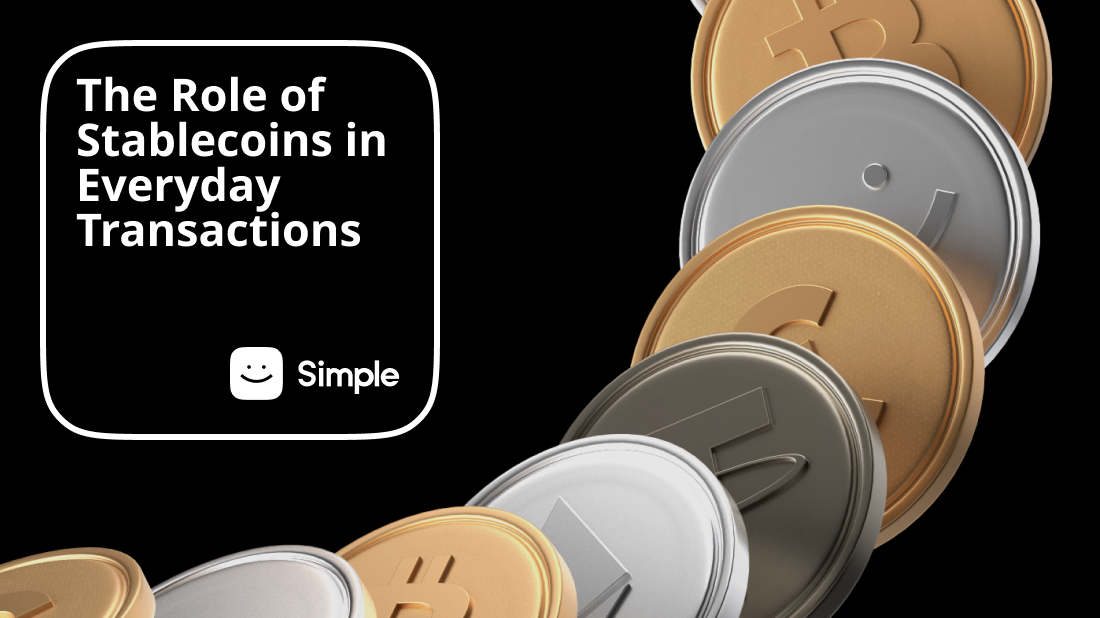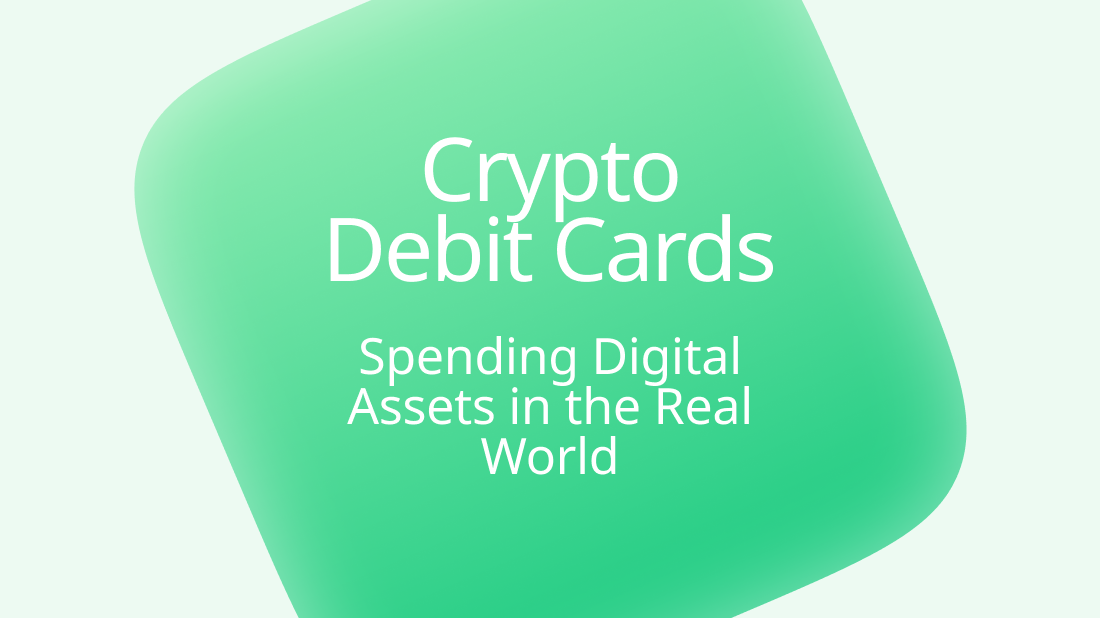The Role of Stablecoins in Everyday Transactions

In the rapidly evolving world of cryptocurrencies, stablecoins have emerged as a pivotal player, offering the benefits of digital currency without the volatility that plagues many cryptocurrencies. Stablecoins provide a stable value, making them an attractive option for everyday transactions. This article delves into how stablecoins are being used for daily transactions, their advantages, and their impact on the future of finance.
Understanding Stablecoins
What Are Stablecoins?
Stablecoins are a type of cryptocurrency designed to maintain a stable value by pegging their worth to a reserve asset, such as the US dollar, euro, or a basket of goods. This pegging mechanism reduces the price fluctuations commonly associated with other cryptocurrencies like Bitcoin and Ethereum.
Types of Stablecoins
- Fiat-Collateralized Stablecoins: These are backed by a reserve of fiat currency, held in a bank account. Examples include Tether (USDT) and USD Coin (USDC).
- Crypto-Collateralized Stablecoins: These are backed by other cryptocurrencies and often over-collateralized to account for the volatility of the backing assets. MakerDAO’s DAI is a prominent example.
- Algorithmic Stablecoins: These maintain their peg through algorithms and smart contracts that control the supply of the stablecoin. Examples include Ampleforth and TerraUSD (UST).
Advantages of Stablecoins for Everyday Transactions
Stability and Predictability
Unlike Bitcoin or Ethereum, whose values can fluctuate wildly within a short period, stablecoins offer price stability. This stability makes them ideal for everyday transactions, such as buying groceries or paying for services, where price predictability is crucial.
Ease of Use
Stablecoins can be easily integrated into digital wallets and payment systems, allowing for seamless transactions. Many platforms now support stablecoin payments, making it easier for users to pay for goods and services without converting their digital assets into fiat currency.
Lower Transaction Costs
Traditional banking systems often involve high transaction fees, especially for cross-border payments. Stablecoins reduce these costs significantly by eliminating intermediaries and using blockchain technology for transactions.
Speed and Accessibility
Stablecoin transactions are processed quickly, often within seconds, making them highly efficient for everyday use. Additionally, stablecoins can be accessed globally, providing financial services to unbanked and underbanked populations.
Use Cases of Stablecoins in Everyday Transactions
Retail Purchases
Retailers are increasingly accepting stablecoins as a payment method. For instance, platforms like BitPay and CoinGate enable merchants to accept stablecoin payments, allowing customers to use their digital assets for everyday purchases.
Remittances
Stablecoins are transforming the remittance industry by offering a faster, cheaper alternative to traditional money transfer services. Platforms like Stellar and Ripple are leveraging stablecoins to facilitate cross-border payments, making it easier for people to send money to family and friends abroad.
Online Services
From subscription services to freelance work, stablecoins are being used for a variety of online transactions. Platforms like Freelancer.com and Upwork allow users to pay for services with stablecoins, providing a secure and stable payment option.
Savings and Investments
Stablecoins also serve as a tool for savings and investments. Platforms like BlockFi and Celsius offer interest-bearing accounts for stablecoins, allowing users to earn interest on their digital assets without exposure to the volatility of other cryptocurrencies.
The Future of Stablecoins in Everyday Transactions
Regulatory Landscape
As stablecoins gain popularity, regulatory scrutiny is increasing. Governments and financial regulators are working to establish guidelines to ensure the safe and transparent use of stablecoins. These regulations will play a crucial role in the widespread adoption of stablecoins for everyday transactions.
Technological Integration
Advancements in blockchain technology and payment infrastructure will further enhance the usability of stablecoins. Integration with point-of-sale systems, mobile wallets, and e-commerce platforms will make stablecoin transactions more accessible to the average consumer.
Financial Inclusion
Stablecoins have the potential to drive financial inclusion by providing access to financial services for unbanked and underbanked populations. By offering a stable, accessible digital currency, stablecoins can help bridge the gap between traditional banking and digital finance.
Conclusion
Stablecoins are poised to revolutionize the way we conduct everyday transactions by offering a stable, efficient, and accessible digital currency. As regulatory frameworks evolve and technological integration improves, stablecoins will become an increasingly integral part of the global financial system. Whether for retail purchases, remittances, online services, or savings, stablecoins provide a practical solution for using digital assets in everyday life.
With their ability to combine the best features of cryptocurrencies and traditional fiat, stablecoins represent a significant step forward in the journey towards a more inclusive and efficient financial ecosystem. As adoption continues to grow, stablecoins will likely become a cornerstone of everyday transactions, driving digital currency stability and transforming the way we interact with money.












